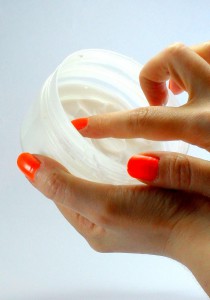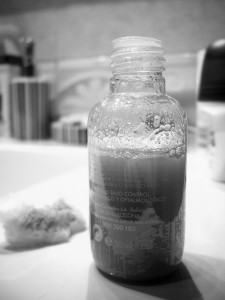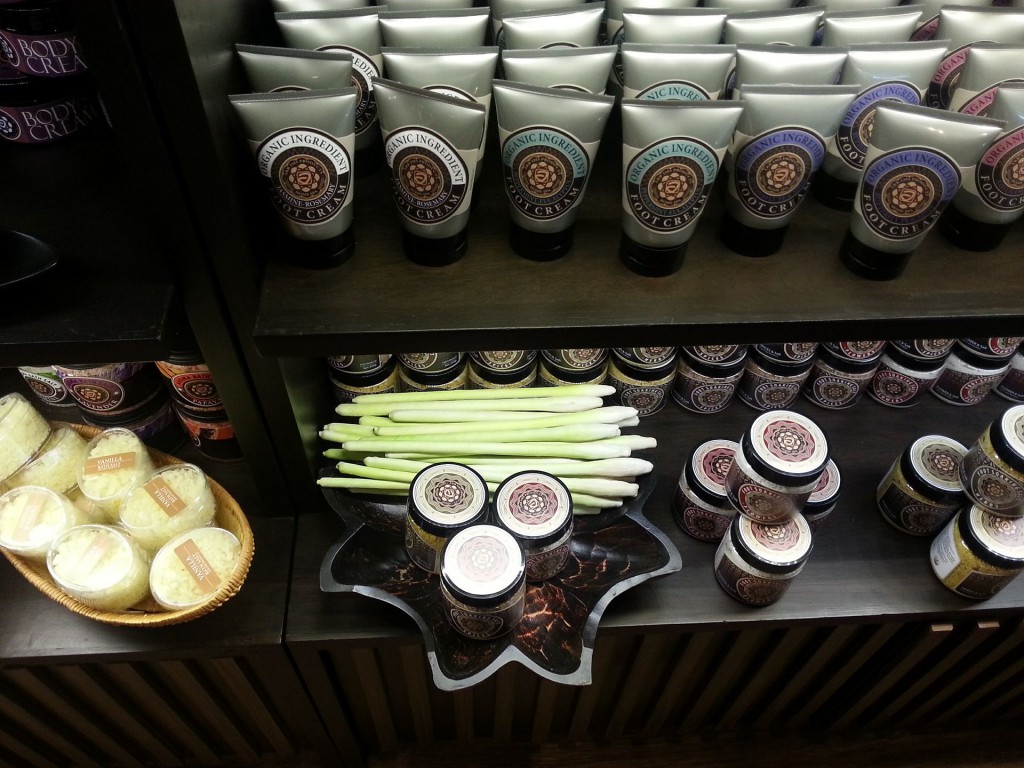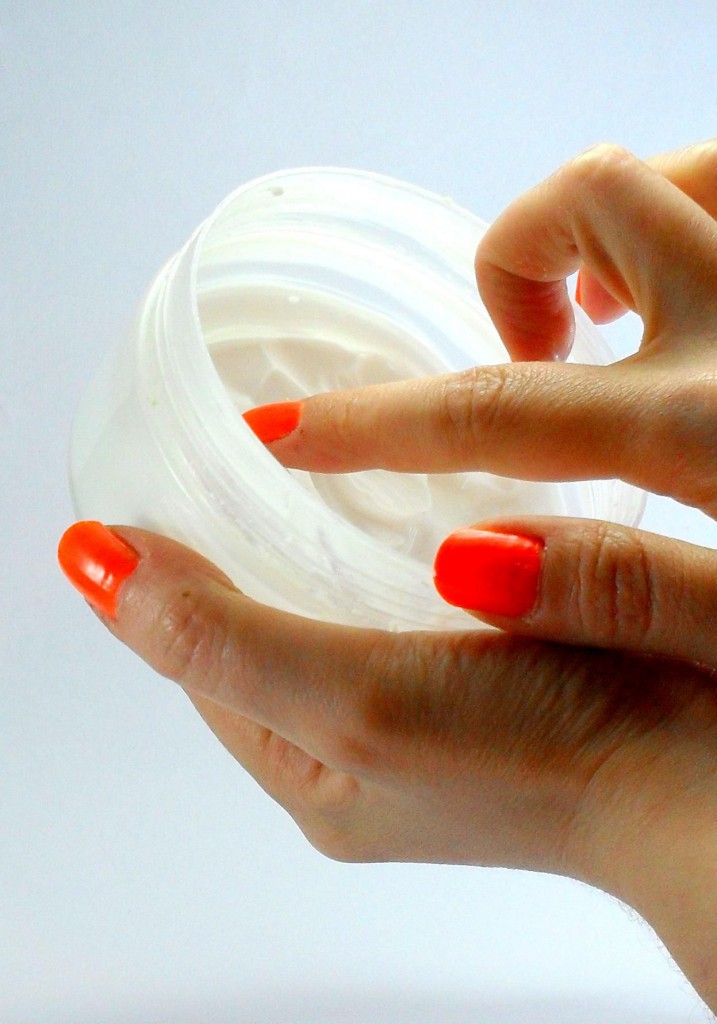
10 dangerous skin care ingredients to avoid are lurking in most skin care products and most of us don’t even realize it. Read on to learn what exactly these toxic ingredients are – commonly found in a variety of personal care products including; body care, facial care, hair care, oral care, cosmetics, and sunscreens and why it’s a good time to ditch the nasties.
With the FDA’s loose regulations on beauty products comes the necessity to know what’s in your personal care just as much as what’s in your food.
Not only are these synthetic ingredients harming us, but they’re harming the environment too. And just because the label has “natural” somewhere on it or it’s found in a health food store doesn’t necessarily make it free of these ingredients, they are widely used, even in some “natural” products.
In previous posts I’ve talked about the skin being the largest organ on our body, having the huge job of cycling through over one third of our body’s daily toxic load. So one of the best ways we can not over burden our skin is to steer clear of dangerous skin care ingredients. Especially since these types of products are ones we use on a daily basis and the effects are cumulative.
So, unless you are a professed science geek (like me:) many of the names of these ingredients and their descriptions can look like a bunch of boring mumbo jumbo, so I’ll do my best to present them and explain them in a semi-not-so-boring way so that if you are contemplating making the switch to non-toxic products you can put a “face to the name” so to speak with your current products and understand what’s in them, why it’s there, and why you’re better of without it.
1. Parabens (Methyl-, Ethyl-, Butyl-, and Propyl-)
The stuff that’s widely used to prevent your products from going bad too quickly, keep icky bacteria from growing, and extend shelf life. Sounds great right? Except parabens are a skin allergen and hormone disrupter, associated with reproductive and developmental toxicity, and have even come up in biopsies from breast tumors. Not so great after all.
2. Propylene Glycol (Polyethylene Glycol (PEG) and Polypropylene Glycol (PPG)
The stuff that helps your skin stay all nice and moist. Sounds good huh? Maybe if they weren’t known skin allergens causing hives, eczema, and dermatitis. What a big bummer.
3. Petrolatum (Petroleum Jelly)
The stuff that’s supposed to heal dry and chapped skin, you know good ‘ol Vaseline it’s been around forever, must be safe right? Not so much. Petrolatum may lure skin care companies in as an extremely cheap ingredient but it provides no nutrient value to the skin and can interfere with the body’s own natural moisturizing mechanism, actually causing dryness and chapping, the very conditions it claims to fix. I’ll pass on that.
4. Diethanolamine (DEA), Triethanolamine (TEA)
The stuff that makes all those fun foamy bubbles and keeps your products from separating. You need that right? Except they’re known skin allergens, can dry out skin and hair, and irritate eyes. And worse yet, are ammonia compounds that when they come into contact with nitrates (found in processed meats including lunch meats, bacon, hot dogs, and sausages) can turn carcinogenic. No one wants cancerous cells.
5. Sodium Lauryl/Laureth Sulfate

More stuff that makes all those beautiful suds, found in most cleansers and shampoos. Suds = sparkly clean though, right? Total myth. You can get an even better REAL clean without the harmful bubbles that are often derived from petrolatum (not that cheap Vaseline again) and cause skin rashes and irritations, eye irritation (enter the market for “no more tears” – clever huh?), and itchy flaky scalp similar to dandruff. Suds free is the way to go.
Remember how I mentioned that just because it’s labeled “natural” doesn’t always mean it is? Well now’s the time to let you in on the little secret: this ingredient is commonly disguised in “natural” products using the phrase “derived from coconuts” or “plant derived.” Another clever thing to watch out for.
6. Diazolidinyl Urea, Imidazolidinyl Urea
More stuff that prevents bacterial growth and preserves the shelf life of your products. I already gave you the skinny on that with the parabens. These are a primary cause of contact dermatitis, release formaldehyde a well know carcinogen linked in particular to nasal and nasopharyngeal cancers, and may disrupt the immune system. A shorter shelf life is more and more appealing.
These ingredients go under the two trade names Germall II and Germall II5, neither of which even contains a good anti-fungal agent, and must be combined with other preservatives…oddly enough.
7. PVP/VA Copolymer
The stuff in hairspray and styling products that holds your hair in place and in mascara and eyeliner to keep it from running. You want your hair and makeup to stay put right? Except it’s also mainly derived from petrolatum and when inhaled the particles can cause damage to your respiratory system, mainly your lungs. Breathing freely sounds pretty good right about now.
8. Stearalkonium Chloride
The stuff in conditioners that softens your hair and prevents static. You want soft static free hair right? Except this stuff is an ammonia compound first used as a fabric softener. It’s a skin allergen, and made it’s way into hair and skin care products as a cheaper, easier alternative to other natural conditioning proteins and herbals. Who wants to condition their hair with toxic fabric softener?
9. Synthetic Colors
The stuff that makes products all sparkly and colorful. Pretty right? Except, we know how bad toxic food dyes are, being linked to ADHD, and nervous system disorders, and it’s no different with all the FD&C Red No. 6 and D&C Blue No. 1, etc, etc. in beauty products. They’re skin irritants and carcinogenic. In fact, the European Union has banned the use of synthetic colors recognizing them as a human carcinogenic. Stay far, far away from these. They’re totally unnecessary, who needs them anyway?
10. Synthetic Fragrances
The stuff that makes products smell delicious and yummy. Wonderful right? Except that these fragrances can have as many as 200 ingredients, yep 200, and you have absolutely no way of knowing what they are since they simply read “fragrance” on the label. This opens the door to headaches, dizziness, violent coughing, skin irritation, rash, darkened patches of skin, and even vomiting. Run if you see the word “fragrance” on the label. Run far away.
Have questions about other ingredients? You can search the EWG (Environmental Working Group) Database for a description and any health concerns.
Self Proclaimed Fragrance Junkie Quits Nasty Skin Care for Good
Being a total Victoria Secret-Bath and Body Works-perfume-any body care product that smells delicious-I love it-kinda girl in my past life, I totally get that this is one of the hardest, if not the hardest, especially for women to scratch off the ingredient list. Trust me when I say I was a fragrance junkie! I mean I worked for Bath and Body Works for goodness sake, it was my job to smell good 24/7. So I can empathize 100 percent.
Except when I finally learned what I’m sharing with you now, got past my skepticism that natural products don’t smell as good, and got on board with trying new products using 100 percent essential oils, I suddenly felt like I had been missing out the entire time. There’s a lot to be said about the numerous healing properties of essential oils.

I’m telling you fake fragrances are nothing like the real stuff.
I used to despise the smell of lavender because all I knew was the synthetic kind, until I smelled the real essential oil and fell in love with it. Real coconut smells a bazillion times better than fake coconut, which is sooo sweet it turns my stomach now.
I haven’t touched my old addiction for 13 years and now that my body is rid of it I’m ultra sensitive to any type of synthetic fragrance. I can actually feel the irritants at work on my respiratory system from like a mile away now. It’s pretty crazy, but makes total sense. Just gotta get those toxins cleared out. Once you quit you won’t want to go back.
But that goes with all the nasty chemicals in skin care, once you unburden your body of them you will see a huge turnaround in your hormones, and overall health.
I hope this list will spur you to just say no to dangerous skin care ingredients, and feed your skin clean and pure ingredients instead. Trust me your skin will thank you a million times over, and everyone will start asking what you’re doing differently, why your skin is looking so great :)
I love making most of my body care and oral care products at home now so I know exactly what’s in them, plus my skin has improved even more since doing so. For DIY recipes click here! Stay tuned, as I plan to add more soon.
If you’re ready to make the switch to organic, eco-friendly facial care lines that are ethically made and make your skin look and feel super healthy see my review of favorites – tried and true.
If you make the switch to chemical free skin care products, let us know in the comments below how your skin benefits!


Fantastic article
I’m so pleased to see someone exposing the “natural” myth …so many products use the term when in fact it’s just a natural synthetic chemical….so they don’t lie…they just don’t exactly tell the truth. LOL
100% in agreement with you…as soon as anyone starts using proper essential oils they will wonder why on earth they bothered with the others stuff.
Great post!
Thank you! Glad you appreciate the topic, and it will continue to help you further in your body care choices. LOL, great take on the “natural synthetic chemical” btw! Love it. It never ceases to amaze me how loose labeling regulations can be, therefore I will continue to try to raise awareness. It’s so true: once you essential oil you’ll never go back :)
I have heard about some of these ingredients before but your article has really opened my eyes and I thank you for that.
The cosmetics industry really needs to be better regulated worldwide to make sure that products are safe to use for everyone. I am going to read the labels on products more closely from now on before I buy any such products.
Glad I could help, Roland! I totally agree about the need for worldwide regulation of skin care, it’s unfortunate that so many of these toxic ingredients are used and it always makes me cringe when I see another new commercial product with these types of ingredients hit the shelves, especially since I’m aware of how many people will end up using it not realizing the dangerous effects it can cause to their skin, and overall health. I’m happy I could inspire you to look at labels more closely :)
Hi Jess – All I can say is thank goodness I’m a bloke and don’t need to worry about these products. Having read your post 10 Dangerous skin care products to avoid I’m surprised all the females in the world are still in one piece.
It just goes to show how the manufacturing companies will push the boundaries on safety and ethics just to make an extra buck of profit.
Thanks for the information, I think every woman should read this.
(Sorry if I sounded sexist, but these products are mainly aimed at women)
Keep on posting
Mark
Thanks for your opinion Mark! I don’t take this as sexist at all LOL, it’s true that us women love our body care. Surely you must use shampoo, conditioner, soap, shaving products, toothpaste, and maybe even cologne? I may have even missed some, LOL!? That’s the scary part; these toxic ingredients are in virtually EVERYTHING, even basic hand soaps. So it’s definitely something to be aware of whether male or female :)
Your article is further proof that most if not all artificial products harm our health in one way or another , i firmly believe that nature offers us everything we need in order to stay healthy we don’t need any kind of products in which you can’t really tell what they are made of. It’s good to be informed about the effects of those ingredients instead of blindly following all the propaganda that are just after our money and offering a false easy solution. You will most likely not find any beneficial ingredients for your skin in the common market.
Thanks for taking the time to comment and share your opinion Alan. I believe knowledge is power, and as consumers we deserve to know what is in mass market products so we can make informed decisions. This is exactly why I make most of my own skin care products, that way I know exactly what is in them :) If you’d like you can check out my recipes here.
Hi, I really loved your article! I’ve been very interested in this subject lately, mostly because I’ve also heard about all those potential threats for our body cosmetic products contain. I’m trying to use more and more organic products and also give up some of my favorite products that contain harmful ingredients, deodorants and body lotions. It’s hard, but it’s worth it. Parabens are probably the most popular harmful ingredient, but there are many other people don’t know too much about, so thank you for illustrating them in your post :)
A friend of mine showed me a website where you can type any cosmetic product and they will show you how good are the ingredients it contains. They have a very large variety of cosmetic screened, so it’s very useful for me because it helps me decide if it’s worth buying or not.
Thanks Ashley! Super glad you enjoyed the post. Your skin will love you for making the switch to non toxic ingredients, if it doesn’t already. Trust me, I understand how tough it can be to let go of some of that stuff, especially if it’s a favorite, after all I was a super fragrance junkie for many years! But it was well worth the switch and my skin couldn’t be happier so keep up the great work and don’t look back, you deserve the best ingredients for your health :) Btw, I’m wondering if that’s EWG’s website you mentioned? They’re a great reference – I use them quite often and have mentioned them in my posts.